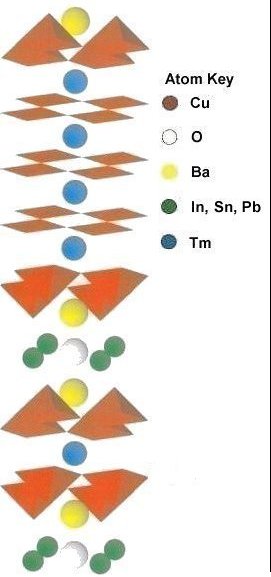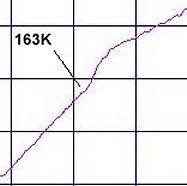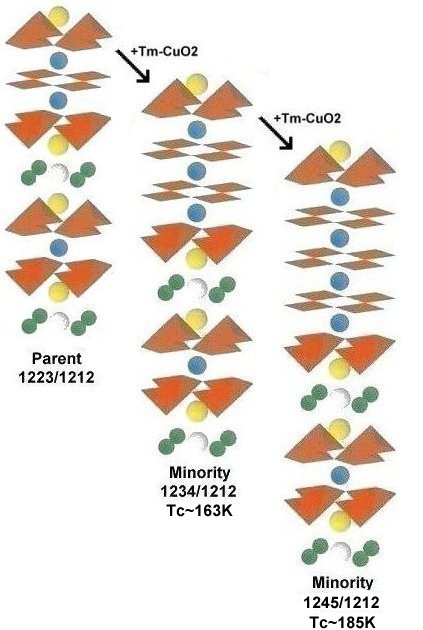| ANTI-GRAVITY | ||
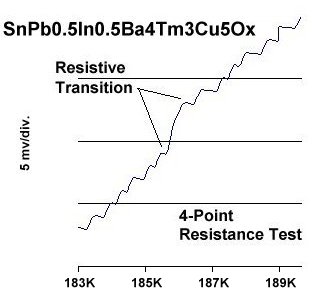 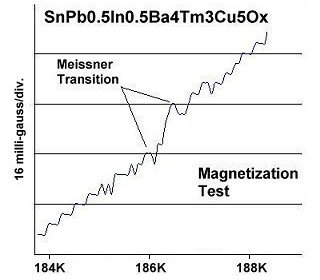 The First Ambient Temperature Superconductor- Antarctica is Cold Enough -14 March 2008 Superconductors.ORG SOURCE Article On 21 July, 1983, the Vostok Research Station in Antarctica logged the coldest temperature ever measured on earth at -89.2 C. This is equivalent to 183.95 Kelvin. On March 6, 2008, Superconductors.ORG measured signs of superconductivity just over 185 Kelvin in an optimized 1223/1212 intergrowth, marking the first observation of superconductivity at earth ambient temperatures. Like the 181K
superconductor reported in January of 2008, the 185K superconductor
appeared as a minority phase in a 1223/1212 host that was doped with extra
Tm and Cu (see structure types at page bottom). Through trail and error
Tc was found to peak with slightly more Lead and slightly less Indium than
the 181K formulation. Eight separate tests of the compound (Sn1.0Pb0.5In0.5)Ba4Tm5Cu7O20+
produced an average Tc of 185.6K. Interestingly, the 3-to-1 ratio of 4A
to 3A metals in the insulating layer is also the ratio that produces the
highest transition temperatures among binary
alloy superconductors.
*The magnetometer employed twin Honeywell SS94A1F Hall-effect sensors with a tandem sensitivity of 50 mv/gauss. Synthesis of the 1223/1212 host
was by the solid state reaction method. Stoichiometric amounts of the below
precursors were mixed, pelletized at 70,000 psi and sintered for 36 hours
at 830C. The pellet was then annealed for 10 hours at 500C in flowing O2.
RESEARCH NOTE: Tm-copper-oxides have been found to be strongly hygroscopic. All tests should be performed immediately after annealing. - E. Joe Eck
|
||
| FAIR USE NOTICE: This page contains copyrighted material the use of which has not been specifically authorized by the copyright owner. Pegasus Research Consortium distributes this material without profit to those who have expressed a prior interest in receiving the included information for research and educational purposes. We believe this constitutes a fair use of any such copyrighted material as provided for in 17 U.S.C § 107. If you wish to use copyrighted material from this site for purposes of your own that go beyond fair use, you must obtain permission from the copyright owner. | ||
|
|
